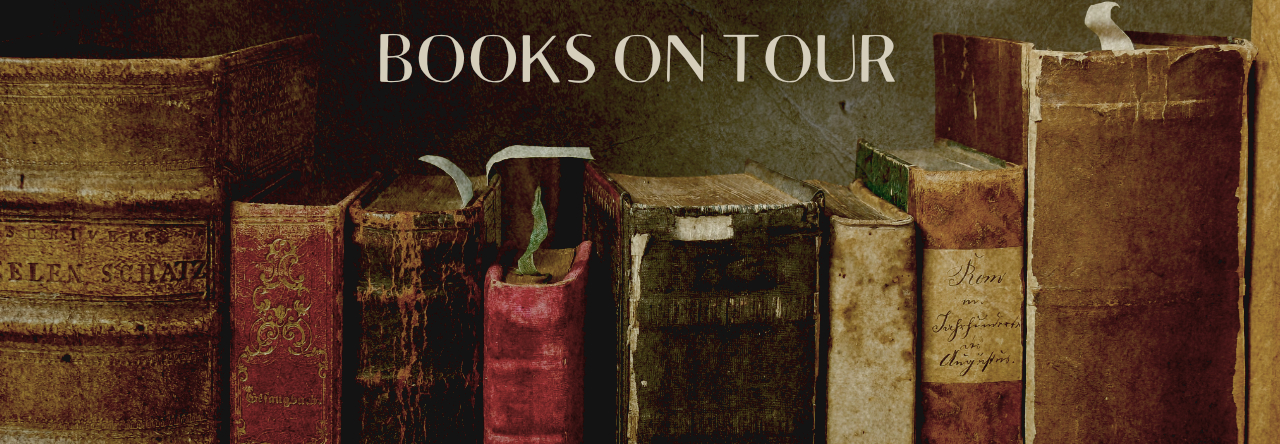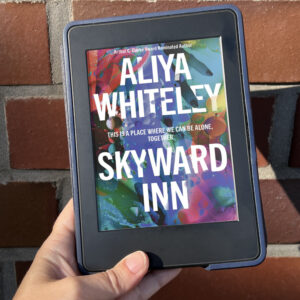
Publication Date: 06 April 2021
Publisher: Pushkin Press
Translator: Bryan Karetnyk
ISBN: 9781782275558
Genre: General Fiction
Strong Point: The beauty of the writing and the sense of magic realism mixed with religious western elements.
Weak Point: A couple of the stories did not catch my attention because they were a bit confusing.
Books on Tour Rating: 


 (4/5)
(4/5)
Goodreads Rating: ⭐️⭐️⭐️⭐️ (4.21/5)
“MURDER IN THE AGE OF ENLIGHTENMENT: ESSENTIAL STORIES”
I muss confess that my experience with Japanese literature is quite poor. I have read a couple of Murakami’s books, of course, as well as “Convenience Store Woman” by Murata, and that is more or less all.
So when NetGalley gave me the possibility of reading this one, by an author I have never heard of, I was very excited.
And I can say, that this has been one of my most pleasant bookish discoveries in a long time.
The book presents the reader with seven newly translated “essential stories” by the Japanese writer Ryunosuke Akutagawa.
Akutagawa belongs to the Neorealism movement that took place at the end of the First World War. The majority of his work consists of short stories and they are a mixture of a kind of magical realism, religion and Japanese idiosyncrasy.
THE FIRST FOUR STORIES
1. The Spider’s Thread: This was my first contact with Akutagawa so I was trying to figure out what was this for a style. The story was a bit confusing because of all the different elements mixed together. This calls for a re-read.
2. In a Grove: It is in essence a detective novel, where a murder happens, and the reader tries to understand what really happened and who the killer is, by the different points of view of the people involved. Immensely interesting.
3. Hell Screen: This one is probably my favourite. The influence I felt the most while reading it, was the one of Edgar Allan Poe. The main character, the painter Yoshihide, is a very wicked man whose only soft point is his daughter. However, he will risk everything which is dear to him in order to achieve perfection in his art. So to speak, “the end justifies the means” elevated to its maximum degree of wickedness. Amazing story, spectacular execution, and beautiful, lyrical language.
4. Murder in the Age of Enlightenment: It gives name to the whole collection. The story is the tale of a man called Kitabatake who, before committing suicide, writes a letter to a couple, telling them of a murder he had committed long time ago which involves the wife. It is interesting to read, (especially knowing that Akutagawa himself committed suicide) but not my favourite. It felt like something was missing.
THE LAST THREE STORIES
5. The General: This one was quite confusing for me and I struggled to get into it. The story mixes different time periods and it has a bigger amount of characters than the previous ones, so I ended up mixing them all and not understanding completely what had happened. The story line explores the horrors and hardships of soldiers during war.
6. Madonna in Black: Another one that I enjoyed a lot. It tells the story of a black Madonna statue which is supposedly cursed. A very interesting mixture of Japanese traditions and Western Religious believes and its influence in the Land of the Rising Sun.
7. Cogwheels: My second favourite. In this one we are basically inside the head of the narrator who, I believe to be Akutagawa himself. This narrator suffers from depression and at least two or three more mental illnesses. We are following him during some days of his life while he attends one of his acquaintances’ wedding and tries to write stories in his hotel room. Knowing, as I now know, how Akutagawa’s life ended, this story feels 100% autobiographical. We are actually reading Akutagawa’s thoughts and struggles, which makes this story the most special of the whole book.
FINAL THOUGHTS ABOUT “MURDER IN THE AGE OF ENLIGHTENMENT”
Summing up, I want more 😉
As I said before, unfortunately I didn’t know this author. As it always happens with writers who are not North American or British, they don’t reach the general public, at least this is my feeling.
So I am very happy and grateful to have had the possibility of discovering Akutagawa. As I said before, I can see in him reminiscences of Poe, who is one of my favourite short stories writers. So it is quite logical that I have liked Akutagawa so much.
Furthermore, I have the feeling that writing short stories must not be easy. Every short story contains a whole book in itself. The writer has to make the reader understand a whole story and present all the characters in a very reduced amount of pages. And in my opinion, Akutagawa is a master writing short stories.
His choice of vocabulary, his technique in describing events and characters make reading Akutagawa narrations a real pleasure. The mixture of reality and unreality, of paganism and religion, of western and eastern elements make Akutagawa one of the most special writers I have read lately.
Thanks to the publisher, Pushkin Press and NetGalley for providing me with a free copy of “Murder in the Age of Enlightenment” in exchange for an honest review.



